SRAM GX1 Eagle Is the 1x Drivetrain With Something for Everyone
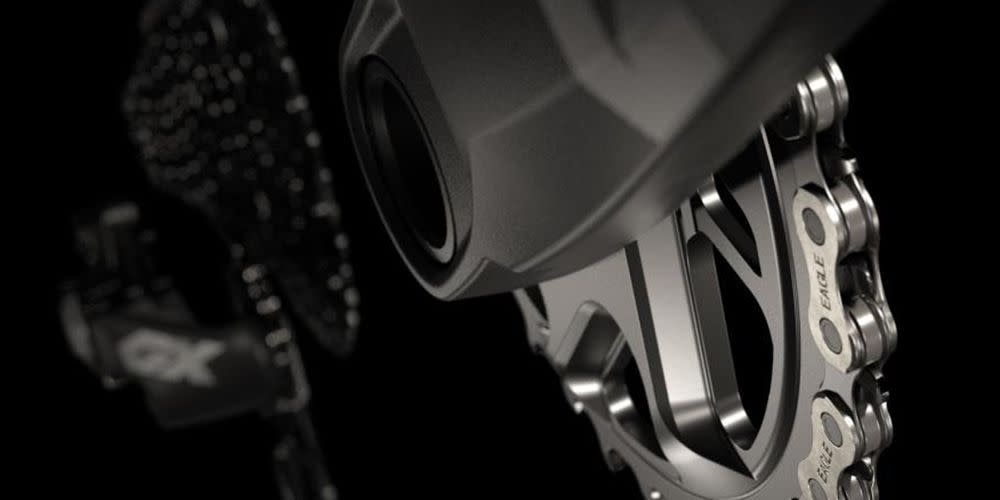
“Hearst Magazines and Verizon Media may earn commission or revenue on some items through the links below.”
Primary use: Mountain Bike
Gearing: 1x12
Shifting: Mechanical
Buy it: Individual components at competitivecyclist.com
GX is SRAM’s lowest-priced Eagle drivetrain, based on the company’s 12-speed drivetrain used on its higher-end Eagle groups—XO1 and XX1—that first launched in 2016. Its wide, 500 percent range provides low enough gearing for extended and steep climbs, as well as the higher gears needed for fast descents. It’s found on everything from hardtails and XC race bikes to big-travel enduro bikes that typically cost between $2,500 and $5,500. A single trigger shifter keeps things simple while providing smooth, quiet action and reliable chain retention (thanks to a single chainring and rear-derailleur clutch). SRAM GX Eagle provides the game-changing features and advantages we loved about XO1 and XX1, but at a more reasonable price.

Eagle Gearing Options
The Eagle cassette is available only in a 10-50t combination. However, SRAM offers several chainrings options that allow the rider to adjust the overall gear ratio. Round chainrings are available in 30-, 32-, 34-, 36-, 38-, and 40-tooth; oval rings in 32-, 34-, 36-, and 38-tooth. GX Eagle cranks are offered with two axle types: SRAM's familiar 24mm, steel GXP and DUB, a 28.99mm-diameter aluminum axle that the company claims is lighter and stiffer than GXP. DUB is designed to be compatible with all major bottom bracket–shell formats. Most GX Eagle–equipped bikes come with SRAM’s familiar trigger shifter, but a compatible twist shifter (GripShift) is also available.
SRAM’s 1x12 Is the Best of 1x and 2x
SRAM’s 1x11 mountain bike groups were a huge success—they upended the drivetrain market and the bikes’ frame designs. But they forced a compromise: a low-end-gearing bias that sacrificed the high end—and vice versa. The 1x12 Eagle addresses that comprise, providing the range of a 2x drivetrain with the simplicity, quiet operation, chain retention, and clean appearance that made 1x such a phenomenon.
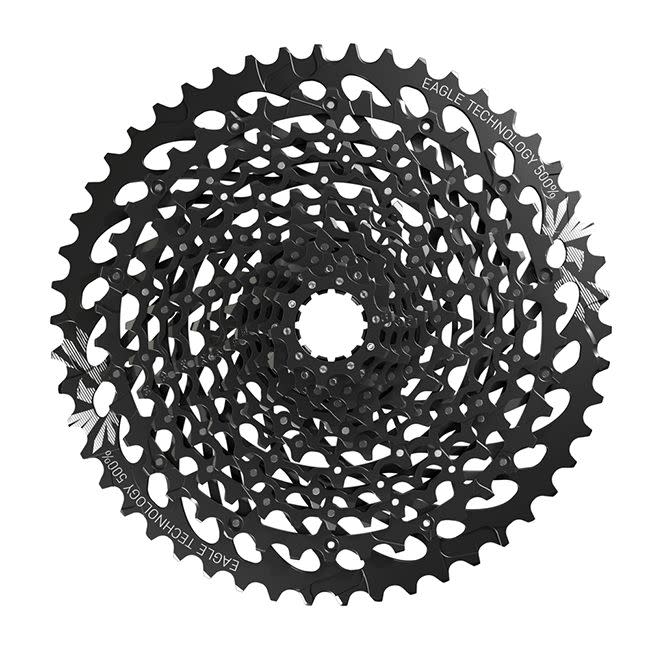
GX Eagle Ride Impressions
Once you ride 1x12, you’ll probably never want to ride a mountain bike with a front derailleur again. The pie plate of a large cog will get you up climbs both long and steep, and you probably won’t spin out on a singletrack descent (though you may on the pavement).
RELATED: Yeti SB5+ Turq XO1 Eagle Review
The shifter’s paddles have short, well-weighted throws, and feel tight and precise. Each shift is announced by a ca-crack emanating from the shifter and the chain moving into the next cog with great haste. The drivetrain functions very well in rough terrain: Shifting remains fast, reliable, and stable, holding the selected cog without ghost shifting. The chain retention provided by the chainring is excellent.
RELATED: Best Mountain Bikes of 2018
That said, it’s still subject to the occasional bouts of random sluggishness and misfires that haunted SRAM’s 1x11 groups—just not as many. And, overall (and despite squeezing in another gear), the shifting provided by 1x12 Eagle is better, more refined, more stable, and has better chain retention than SRAM’s 1x11 groups. With great range and excellent performance, GX Eagle is SRAM’s best mountain bike drivetrain. It's the one I’d choose for my own bikes because the gear range, simplicity, retention, performance (overall), and value is so good.
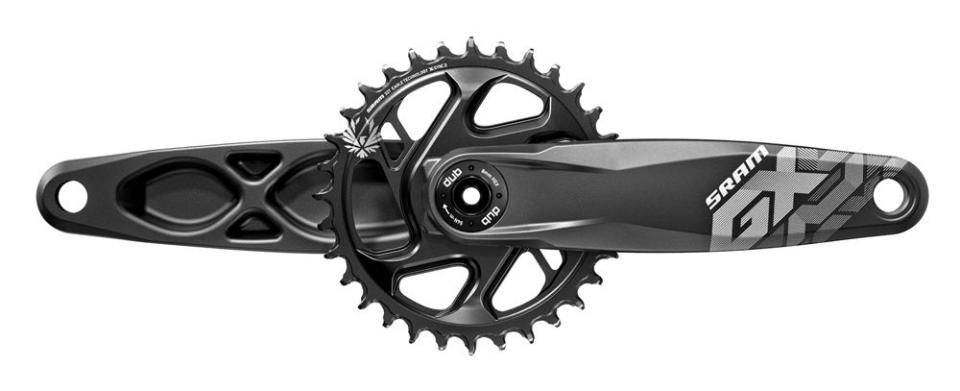
* * *
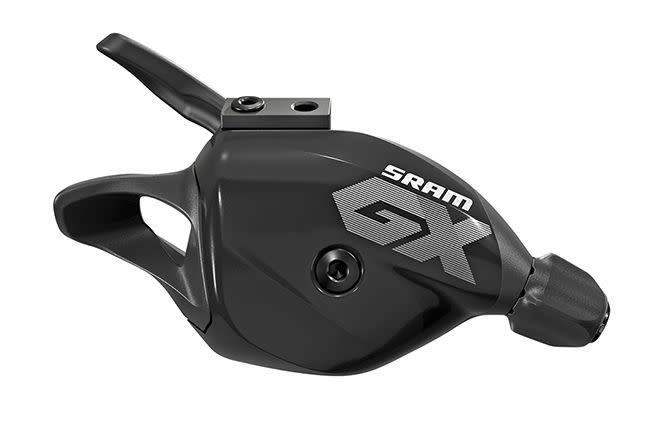
* * *
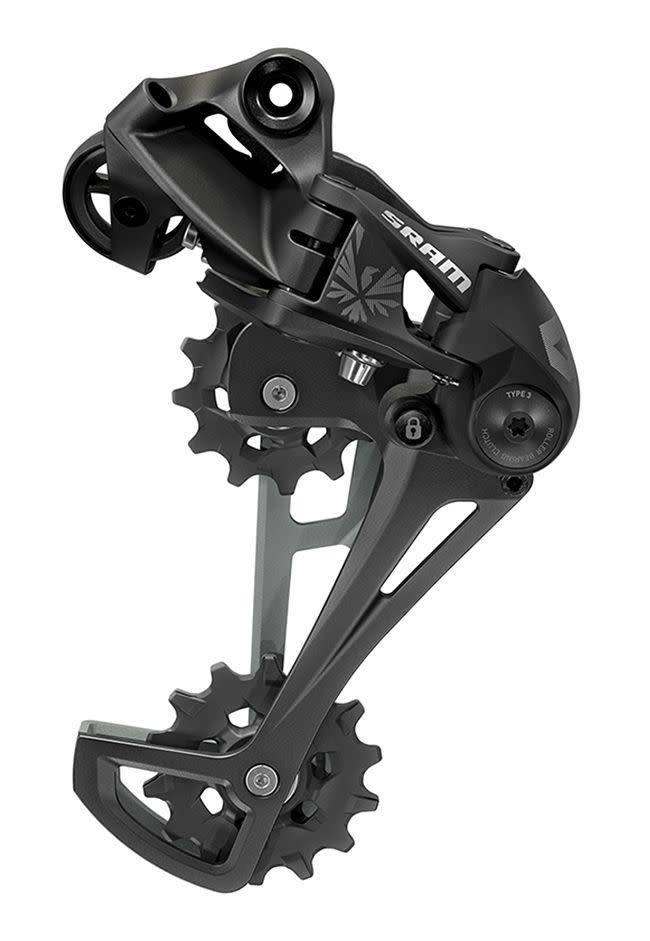
You Might Also Like

